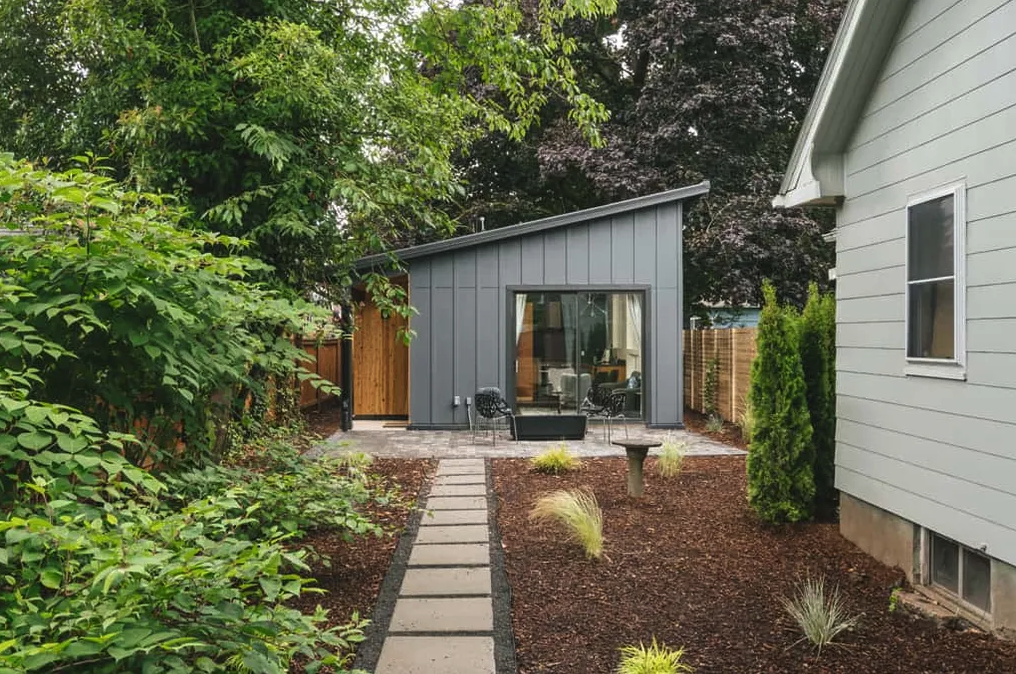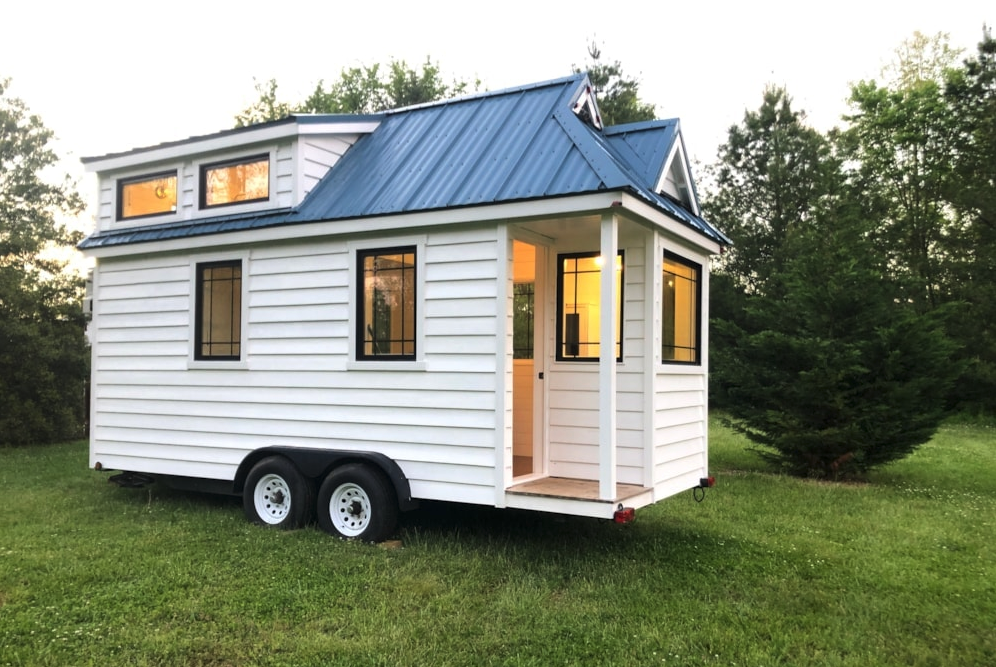
Understanding Building Classification Types
If you are considering the purchase of a shipping container home or cabin for your property it’s important to understand the different types of building classifications and how they might impact your project.
-
Modular homes are constructed to the same state and local building codes as site-built homes. Modular homes are set on a fixed foundation and qualify for traditional lending methods. These units are classified and taxed as “Real Property”, which will typically appreciate in value, depending on market conditions. Craftspace container units are classified as modular homes.
-
The standards by which manufactured homes are built according to federal regulations, not local. These homes are classified and taxed as “Personal Property” and typically do not maintain their value as easily over time. Manufactured homes are constructed according to a code administered by the U.S. Department of Housing and Urban Development (HUD Code). The HUD Code, unlike conventional building codes, requires manufactured homes to be constructed on a permanent chassis with wheels.
-
An accessory dwelling unit (ADU) is a smaller, independent residential dwelling unit located on the same lot as a stand-alone, detached single-family home. ADUs go by many different names throughout the U.S., including accessory apartments, secondary suites, and granny flats. ADUs can be converted portions of existing homes, additions to new or existing homes, or new stand-alone accessory structures. ADUs have the potential to create a wider range of housing options within the community, enable seniors to stay near family as they age, and facilitate better use of the existing housing fabric in established neighborhoods. Consequently, many cities and counties have signaled support for ADUs in their plans and adopted zoning regulations that permit ADUs in low-density residential areas.
-
Also known as a Recreational Park Trailer. A single living unit that is primarily designed and built on a single chassis, mounted on wheels, to provide temporary living quarters for recreational, camping or seasonal use. The maximum size of the unit must not exceed 400 SF and it must be self-propelled or towable by another vehicle. These units are regulated by the American National Standards Institute (ANSI) and the Recreational Vehicle Industry Association (RVIA) and are titled as vehicles and taxed as personal property.
-
A Tiny Home on Wheels (THOW), is legally considered an RV (Recreational Vehicle), and as such, typically are regulated by the American National Standards Institute (ANSI) and the Recreational Vehicle Industry Association (RVIA) and are titled as vehicles and taxed as personal property.





